- Solar energy blog
- From sun to socket: What Iberia’s grid needs to handle 2030 renewable targets
From sun to socket: What Iberia’s grid needs to handle 2030 renewable targets
Discover how Spain and Portugal are upgrading their grids to meet ambitious renewable targets and prevent future blackouts.


Alicia Herrera
Territory Manager - Spain & Portugal
Alicia Herrera Alonso started her journey at RatedPower as an Ssales Development Representative intern and has grown into her current role as Territory Manager. She brings first-hand knowledge of the renewable energy sector and a passion for helping companies design and optimize their solar projects.
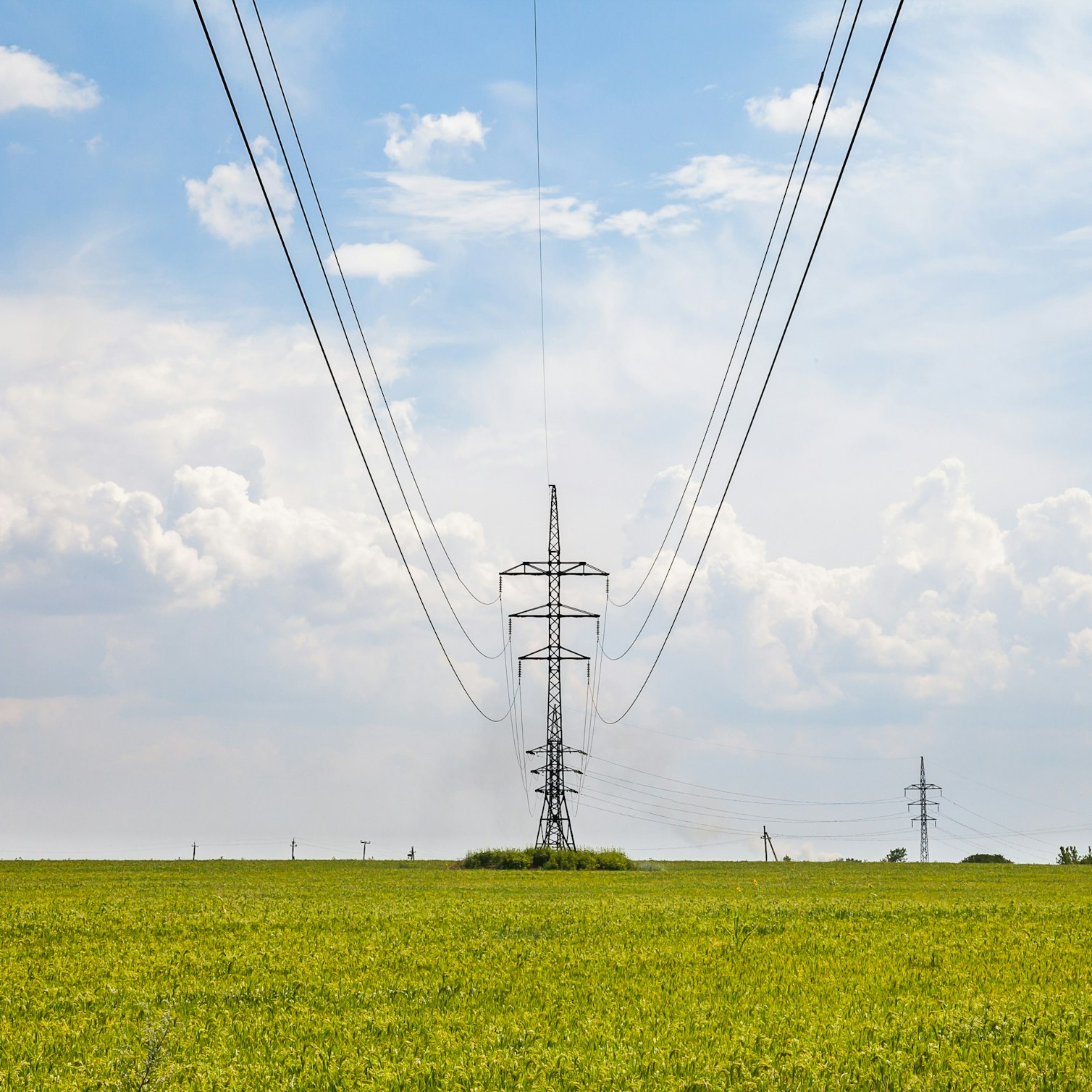
Content
Iberia is rapidly shifting to renewable energy, but recent events have revealed weaknesses in its grid. In April, a major power outage disrupted mainland Spain and Portugal, affecting some areas into the next day.
Public transport ground to a halt. Spain’s Renfe stopped all trains and evacuated roughly 35,000 passengers. Meanwhile, Madrid’s Barajas Airport lost power and operated at reduced capacity. Across the border, Portugal’s buses and ferries could not operate, and Lisbon Airport closed temporarily.
State operator Red Eléctrica de España (REE) traced the outage to a Granada substation, whose failure caused the France–Spain interconnection to decouple.
Discover how Spain and Portugal are shaping the future of solar. Download the free Iberian Solar Snapshot to explore market trends, policy shifts, and infrastructure challenges driving renewable growth across the peninsula. Stay ahead with expert insights into one of Europe’s fastest-evolving energy landscapes.
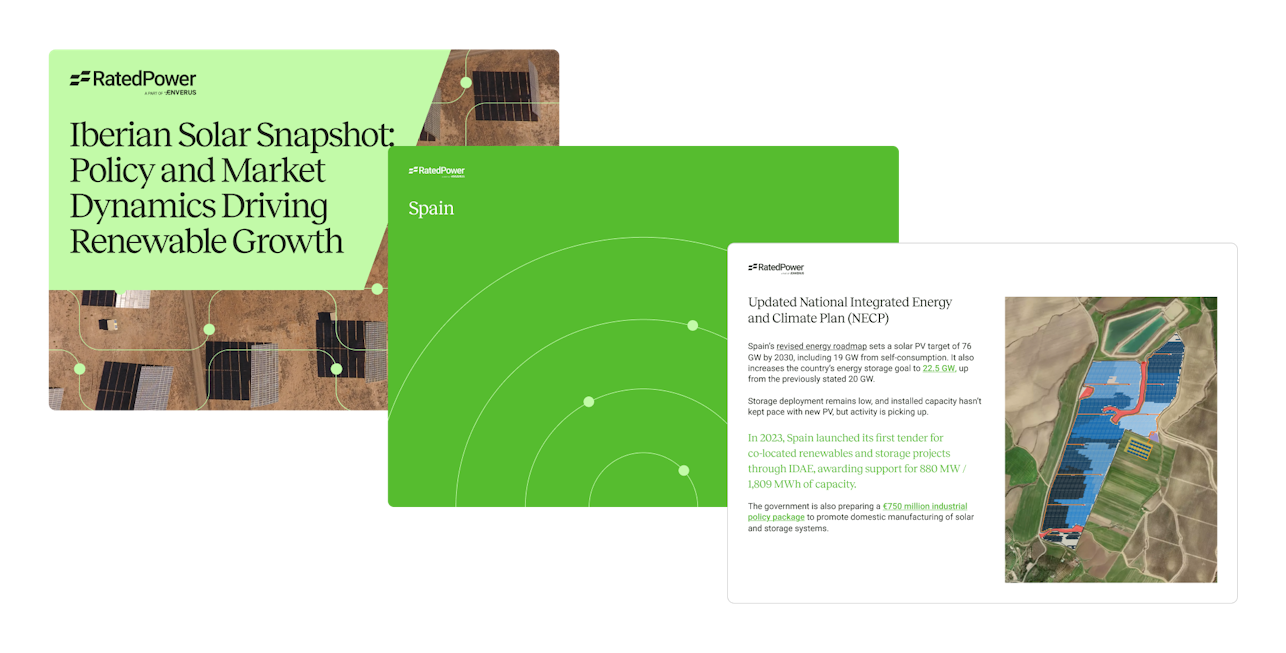
But how did one substation fault bring down the entire peninsula? Industry analysts warn that the blackout ultimately exposed the vulnerability of Iberia’s infrastructure to sudden changes in demand or production. And with this southwestern corner of Europe set to add more renewables over the next five years, grid upgrades and storage solutions have never been more pressing.
Increased demand from EVs and heat pumps
Iberia’s grid must balance two forces simultaneously: surging renewable energy input and rapid electrification. Two areas that highlight the increased demand are:
EVs (electric vehicles) are hitting record sales across the peninsula. Spain’s battery electric and plug-in hybrid registrations jumped 45.1% year-over-year in the first quarter of 2025. In Portugal, there were over 10,000 EV registrations in December 2024 alone, the highest monthly tally on record.
Heat pump sales are also climbing as subsidies nudge households to switch from gas. Portugal’s USD 158 million electrified heating segment is expected to reach USD 201.7 million by 2030, while Spain’s USD 700 million market is projected to be worth over USD 920 million by then.
All signs point to peak and total demand edging higher as more cars and heaters draw from the grid. Unless Iberia invests in interconnections and monitoring, grid operators will struggle to balance supply and demand and meet renewable energy targets.
This surge in electrification is increasing both peak and total electricity demand, placing new pressure on grid stability.
Green rollout tests grid limits
Spain aims to have renewables generate 81% of its electricity by 2030, and Portugal plans to exceed 80% by 2026. Yet, new solar and wind energy sources are coming online faster than the grid can expand to accommodate them.
Spain’s network serves over 44 million people and has more than 125 GW of installed capacity, yet its peak load rarely exceeds 40 GW. Some corridors are well reinforced, but others remain fragile. That’s why output in Extremadura, Aragon, and La Mancha already exceeds what local networks can absorb, pushing curtailment (the reduction of renewable energy output due to grid limitations, often resulting in wasted electricity generation). In these central and southern corridors, the target is to reach 5% by 2027-2028. Throughout Spain, more than 800 hours of zero or negative pricing occurred in 2024 alone.
Portugal has a smaller system that serves 11 million people, with a peak load of 9 GW. Its 8.3 GW of hydro and pumped storage capacity, combined with 400-kV interconnections with Spain, provides it with more flexibility to maintain grid stability. Even so, the country curtailed a substantial 200 GWh in 2024, roughly enough to supply 60,000 homes for a full year.
Curtailment losses have a notable impact: they increase costs throughout the electricity ecosystem, as generators and investors miss out on predictable revenue when they are unable to deliver or sell their full output. For consumers, this means some of the cheapest, cleanest electricity is wasted instead of being used, limiting the benefits of renewables and keeping prices higher than they could be with a fully utilized grid.
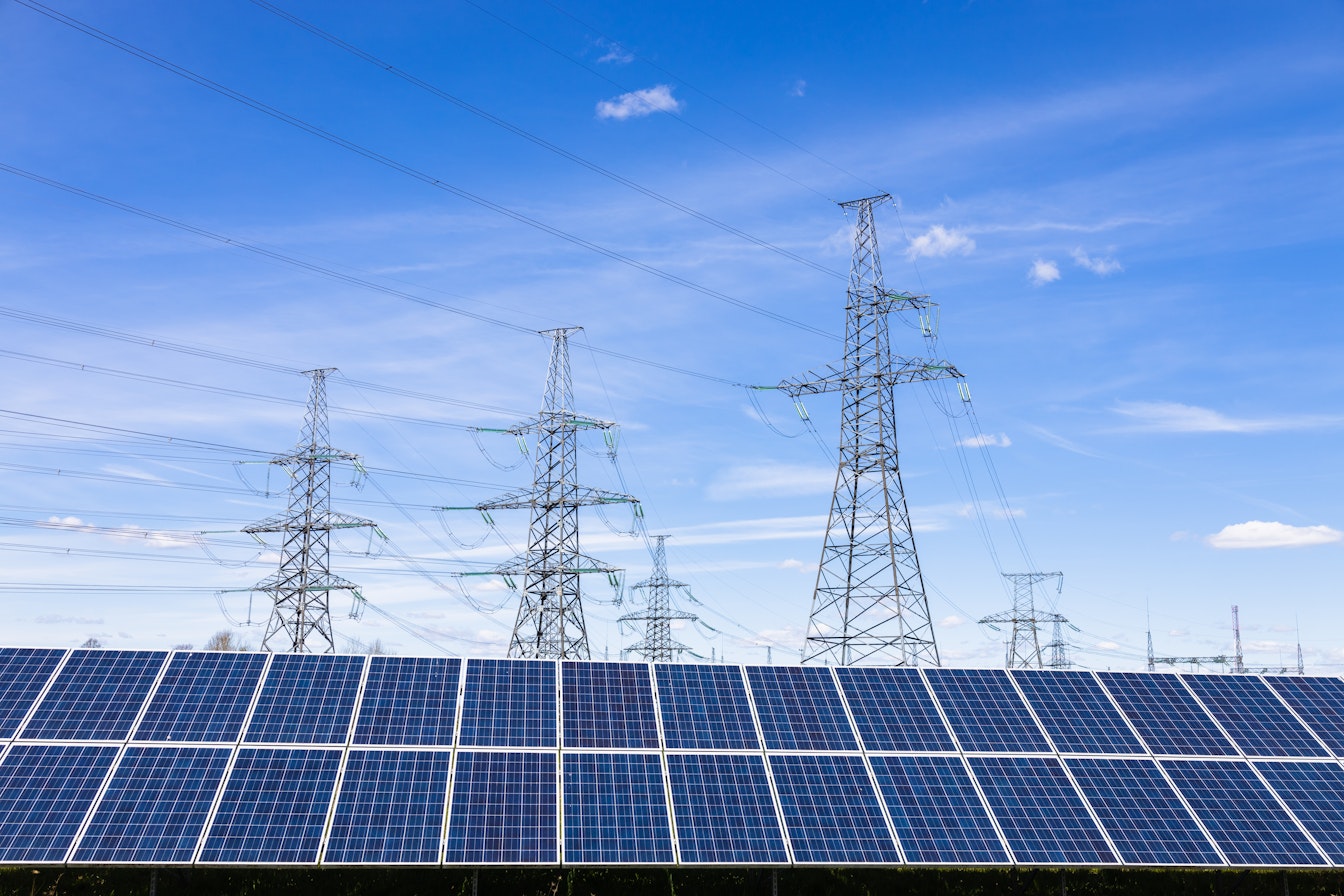
Calls to expand Iberia’s interconnections
Although it was not the primary reason for the blackout, calls have been reignited for accelerated investment in cross-border interconnectors. Spain’s high-voltage network spans 25,000 miles and connects to France, Portugal, and Morocco. However, in the eyes of many analysts, its interconnection capacity of just 2.8 GW with France isn't maximizing its connection with the rest of the EU grid.
The EU recommends a minimum interconnection capacity of 15% of installed generation, a benchmark Iberia still falls short of. Current interconnection bottlenecks could hinder TSOs and ENTSO-E from reacting quickly to regional disturbances.
Long-term investment plans: Status of Spain and Portugal’s grid modernization roadmaps
Portugal strengthening the electricity grid
Portugal has committed €400 million to strengthen its electricity grid through a 31-point package. €137 million of that will be spent to fast-track already-approved modernization projects. The government will also launch a national BESS (battery energy storage system) auction by January 2026 and spend €25 million to reinforce hospitals, utilities, and water systems with solar PV and backup batteries.
To reduce permitting delays, the plan introduces a “green map” that designates pre-approved zones for renewable energy projects. These areas will be covered by a strategic environmental assessment, thereby eliminating the need for lengthy authorizations and approvals.
Spain safeguarding against grid instability
Spain’s REE is also recommending upgrades based on what it learned from the April 2025 blackout. Recommendations include new controls to stabilize voltage across all power plants and require operators to comply, reducing the risk of plants behaving unpredictably during stress events.
It also suggests implementing safeguards to prevent sudden fluctuations in electricity flows that can destabilize the grid in seconds. At the same time, REE is looking to strengthen the system tools and resources used for round-the-clock voltage management, so operators can respond more quickly in periods of strain.
Expanding real-time monitoring
Aside from these technical updates, the operator is preparing to adjust protection settings to prevent unnecessary plant disconnections during faults. It will also expand real-time monitoring to give control rooms a clearer, moment-to-moment picture of the grid.
REE has announced an investment plan to fund these initiatives. The budget will zero in on corridors where grid congestion and curtailment are already high.
Some analysts, however, warn that curtailment levels will likely continue to rise until these planned projects are built and operational. They claim that REE’s original infrastructure planning underestimated the pace of solar PV deployment, leaving parts of the system unable to absorb current generation levels.
Battery storage: unlocking flexibility and resilience
Battery energy storage systems (BESS) are emerging as a cornerstone of Iberia’s grid modernization strategy. In 2025, Spain and Portugal have both increased their investment in utility-scale storage to address curtailment and enhance grid flexibility.
Spain is advancing co-located solar-plus-storage projects, with several gigawatt-scale installations under development to absorb excess generation and stabilize voltage during peak hours.
It has also launched a €700 million support scheme to accelerate the deployment of 2.5–3.5 GW of energy storage projects, including standalone BESS, thermal storage, and pumped hydro.
The program, managed by the Institute for Energy Diversification and Saving (IDAE), is expected to fund over 100 projects, totaling more than 9 GWh of capacity. Nearly half of the funding, €311 million, will go to Andalusia, with Galicia and Castilla-La Mancha also receiving substantial allocations. Subsidies of up to €250 per kWh for BESS and €300 per kWh for grid-forming systems aim to make the grid more flexible and resilient, especially in light of recent blackouts.
Battery energy storage isn’t just stabilizing the grid, it’s transforming into a serious revenue stream. Our eBook breaks down the top regions for BESS arbitrage, market trends, and the regulatory forces shaping the opportunity. Download the Driving Profit with Battery Storage: The Top Regions for Arbitrage Investment eBook to discover where the biggest returns lie and how to tap into them
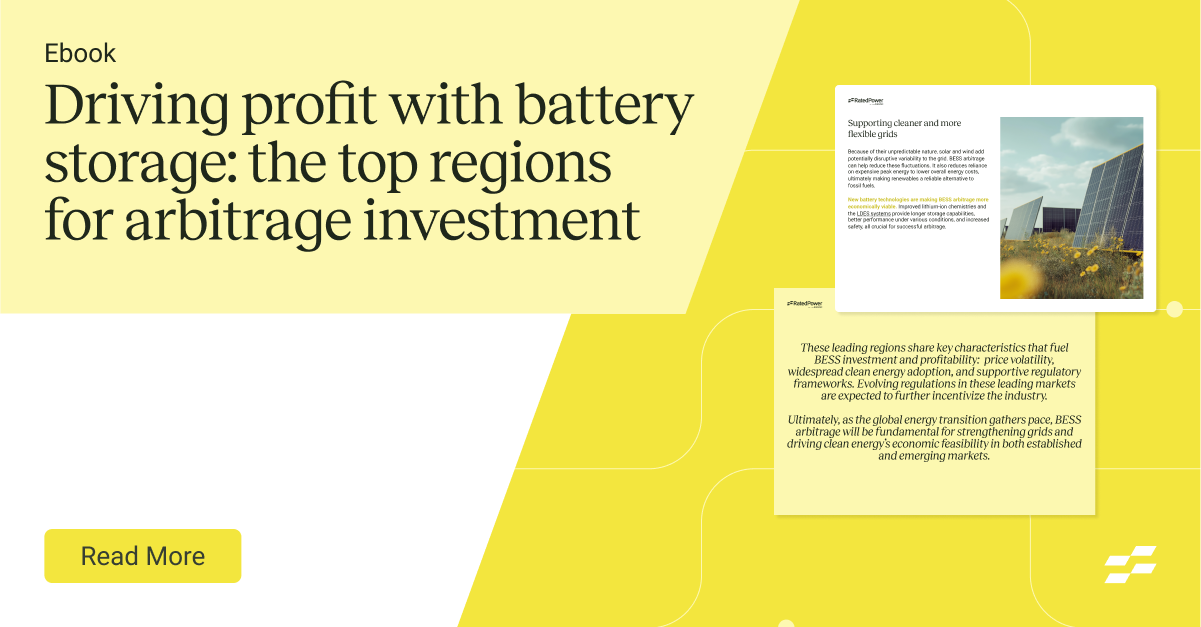
Portugal, meanwhile, is preparing a national BESS auction by January 2026, backed by €25 million in funding to deploy backup batteries across critical infrastructure. These investments reflect a broader European trend toward bankable BESS projects, which are increasingly seen as essential for integrating renewables and preventing outages. As Iberia pushes toward its 2030 targets, battery storage will play a vital role in ensuring that clean energy is not only generated but also reliably delivered.
Outlook for solar developers
In the near term, developers may need to adjust their plans to account for rising curtailment risks in Iberia. Industry analysts recommend re-running project models using hourly pricing and node-specific curtailment forecasts, rather than relying on annual averages. In high-curtailment zones, co-locating battery energy storage systems (BESS) can help redirect excess generation to more profitable hours.
To stay competitive and mitigate financial risk, developers should also consider:
Prioritizing grid-friendly locations where interconnection capacity is stronger and curtailment levels are lower.
Engaging early with transmission system operators (TSOs) to understand local grid constraints and future upgrade timelines.
Exploring hybrid configurations, such as solar-plus-storage or solar-plus-hydrogen, to diversify revenue streams and improve dispatchability.
Monitoring policy developments, especially around grid access, storage incentives, and curtailment compensation mechanisms.
As Iberia’s grid modernization efforts unfold, proactive planning and flexible design strategies will be key to navigating short-term challenges and unlocking long-term value.
Super Early Bird for PULSE 2026 ends soon!
Join hundreds of global renewable energy professionals, gain industry insights, and make valuable connections. Don't miss out!!
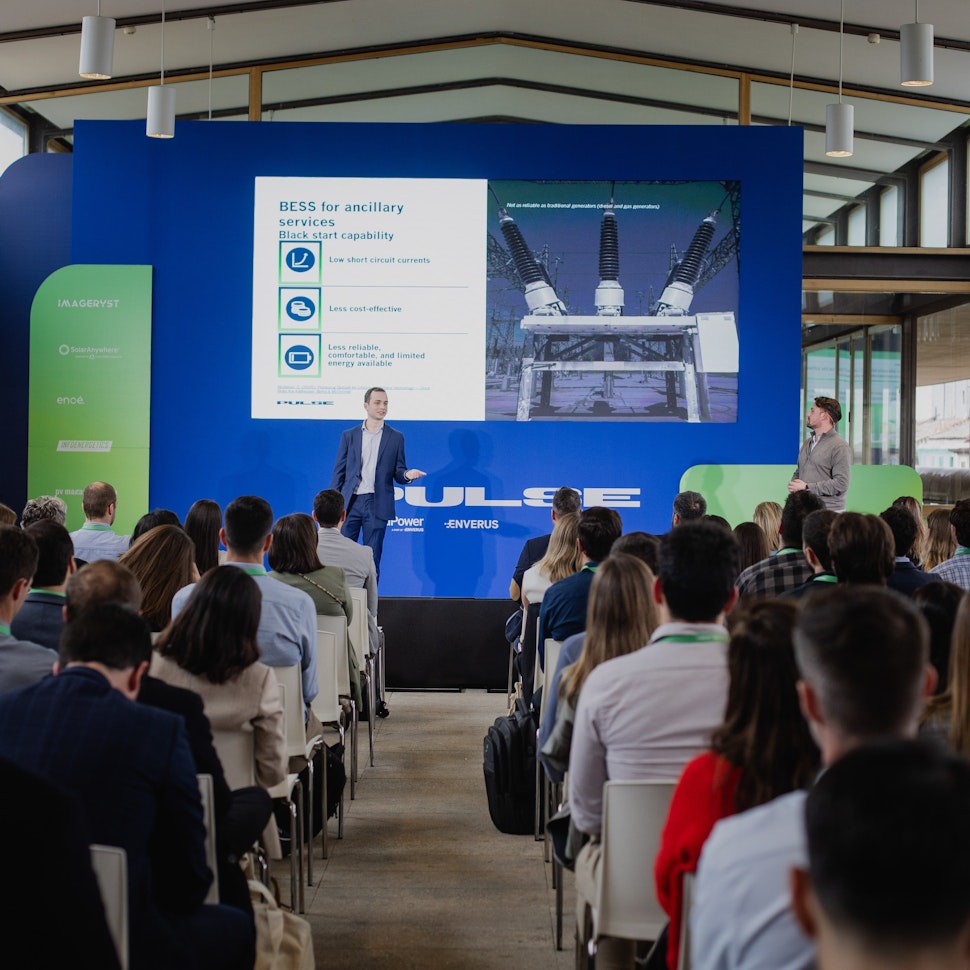
Latest stories
Related posts
Market analysis
Powering through the peak: Why solar + storage is gaining momentum in MENAT
Discover how MENAT is building a functioning solar economy and why rising peak demand during extreme heat is squeezing its energy architecture.
Updated 11 DEC, 25

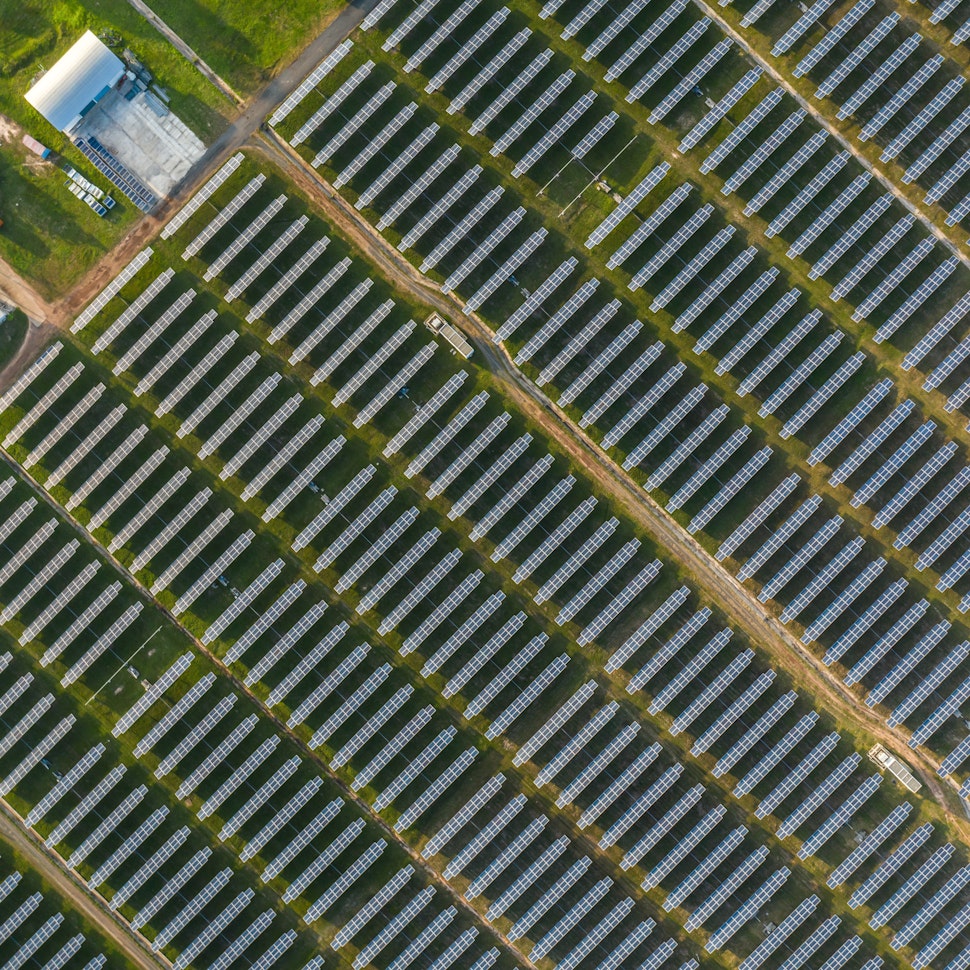
Market analysis
The rise of utility-scale PV + storage plants in Italy
Discover how Italy’s latest policies and auctions are driving utility-scale solar and battery storage projects to meet ambitious 2030 targets.
Updated 4 DEC, 25

Market analysis
France’s land challenge in the solar energy boom
Explore why France’s solar expansion faces land-use limitations, local resistance, and complex permitting, despite having space to grow.
Updated 18 NOV, 25

- RatedPower
- Solar energy blog
- From sun to socket: What Iberia’s grid needs to handle 2030 renewable targets
 Watch a demo
Watch a demo Ask our AI Product Expert
Ask our AI Product Expert
